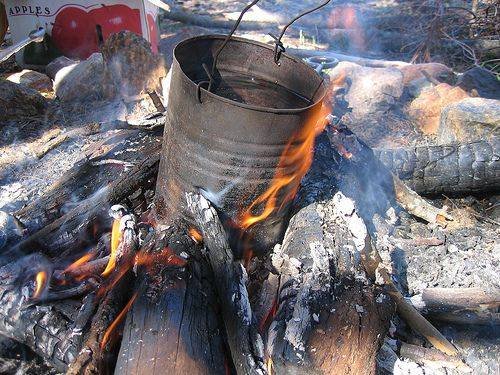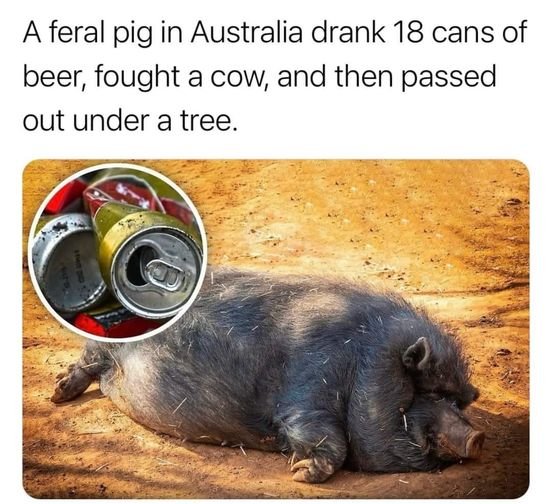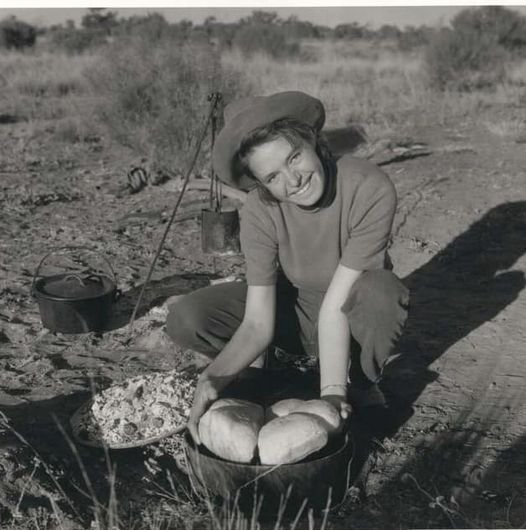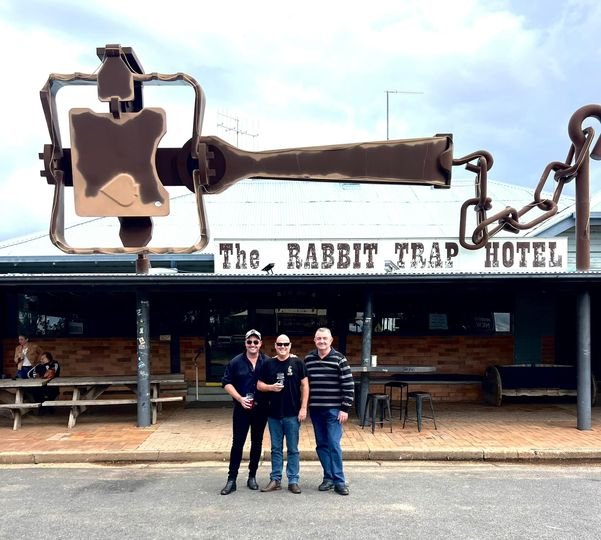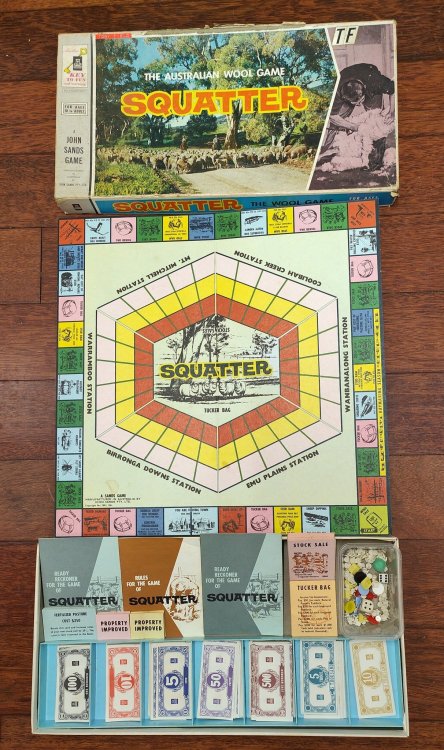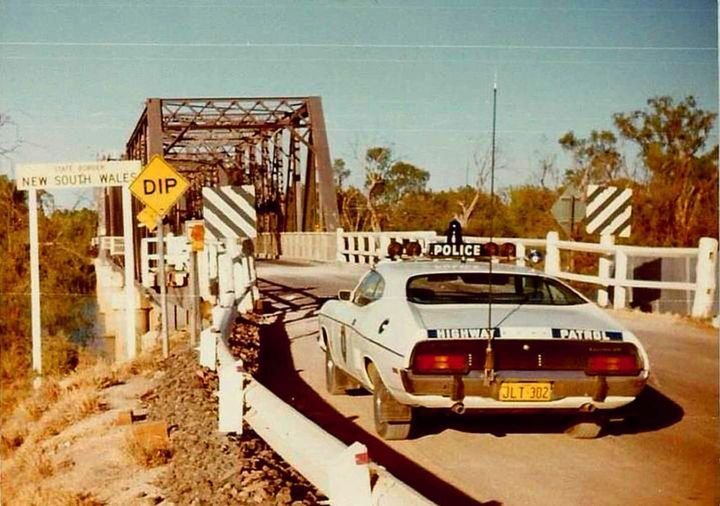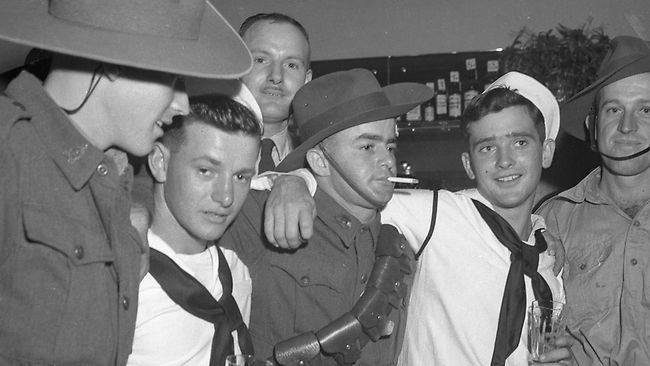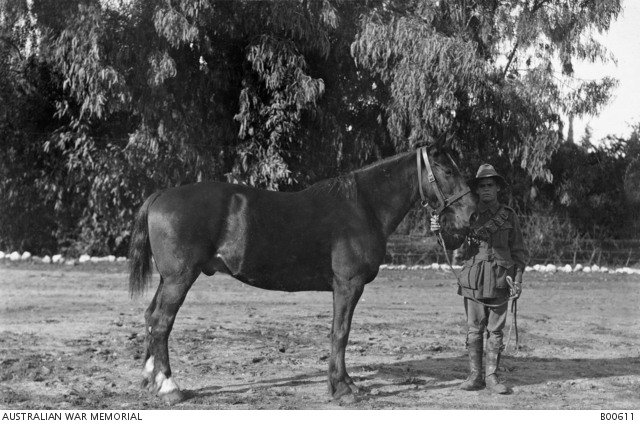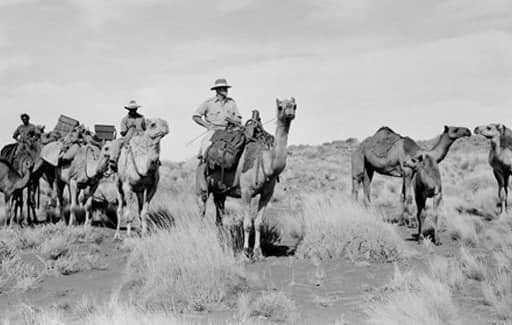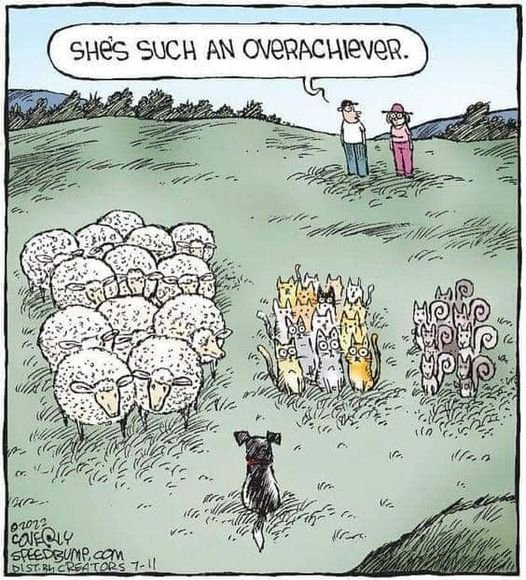-
Posts
10,915 -
Joined
-
Last visited
-
Days Won
86
Content Type
Profiles
Forums
Events
Everything posted by Buckshot Bear
-
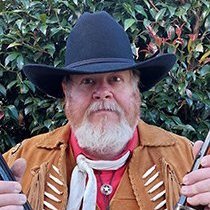
The Canadian Thread
Buckshot Bear replied to Cold Lake Kid, SASS # 51474's topic in SASS Wire Saloon
LOL.....yeah dry cold.....that would make ALL the difference !!!!!!!..........................NOT !!!!!! I think I'd rather have 45°C than minus -40°C I don't know how you guys do it. -

The Canadian Thread
Buckshot Bear replied to Cold Lake Kid, SASS # 51474's topic in SASS Wire Saloon
OMG that is COLD -

The Canadian Thread
Buckshot Bear replied to Cold Lake Kid, SASS # 51474's topic in SASS Wire Saloon
It was 4°C here this morning....surely it doesn't get that cold in Canada? No one would be able to survive -
That billy can looks pretty rough, I'd much prefer to use the one below especially swinging it over my head to settle the tea leaves.
-
Australian History Daily Slang - todays word is; Billy – with story to explain Teapot (In the Outback on the fire) Picture yourself in the rugged Outback, gathered around a campfire with mates, savoring the rich aroma of freshly brewed tea. But billy tea isn’t just about the beverage itself; it’s a symbol of camaraderie and timeless traditions. So grab your bush hat and prepare for an adventure into the fascinating realm of Australian slang and culture. HISTORY AND ORIGINS OF BILLY TEA Billy tea holds a rich history and deep-rooted origins in Australian culture. Dating back to the early days of colonial Australia, billy tea became a staple drink for explorers, drovers, and bushmen who needed refreshment during their relentless journeys. The term “billy” refers to a lightweight metal can or pot used for boiling water over an open fire. It was the go-to vessel for making tea in rugged outback environments where traditional teapots were impractical. As pioneers relied on this resourceful method of brewing tea, billy tea became synonymous with adventure, camaraderie, and the spirit of the Australian bush. Legend has it that swagmen (travellers carrying their belongings) would boil water in their trusty billy cans as they roamed vast landscapes seeking work and sustenance. In those times, sharing a cup of steaming billy tea around a campfire was more than just quenching one’s thirst; it fostered connection and provided comfort in an otherwise harsh environment. The tradition of billy tea grew alongside Australia’s rich pastoral history. It became an integral part of droving expeditions and stockman life as they herded livestock across vast distances. Billy can boilers often carried fragrant eucalyptus leaves or gum twigs to add extra flavor to their brews—a uniquely Australian twist on this beloved beverage. Today, while modern advancements have made boiling water easier than ever before, Australians continue to cherish the heritage of billy tea as a symbol of resilience, simplicity, and mateship. So next time you sip on your cozy cuppa down under, remember that you are carrying on a timeless tradition rooted in the tales of adventurers who found solace and companionship through their shared love for this quintessential Aussie drink.
-
-
-
-
COOKING DAMPER’ - 1958 A Drover’s wife cooking damper, Ursino Bore, 1958. While on the road with a mob of 3,700 Merino ewes between Tibooburra and Coonamble, Mavis helped cook for the family droving team
-
-
LOL
-
-
-
‘AUSTRALIA’S LAST CONVICT SHIP’ -1868 The Blackwall Frigate Hougoumont, unloads the final 279 convicts in WA. Australian Geographic. IT’S A WARM SUMMER’S day on 9 January 1868 in Fremantle, Western Australia, and the last convict ship to transport prisoners to Australia is just coming in to port. The ship had departed Portsmouth on the 12 October, with 280 convicts and 108 passengers, helmed by William Cozens. The complement of convicts included 62 Fenians, including 17 from the military, a contingent which contravened an agreement between the United Kingdom and Western Australia, leading to a brief panic in Fremantle. The inclusion of military Fenians also flouted the UK’s unwritten policy not to transport military prisoners. Upon seeing Australia for the first time, the prisoners no doubt feel a frisson of excitement mingled with a little fear, despite their sentences – compared to the gallows, Australia isn’t looking too bad. It has been a relatively uneventful voyage – only one convict has died in the 89 days the ship has been at sea – but an unusual one; due to the reasonably high number of literate convicts from the complement of political prisoners from the Fenian Rising the previous year, the voyage even had its own newspaper: The Wild Goose, of which all seven handwritten issues survive in the State Library of New South Wales. Babette Smith, historian and author of Australia’s Birthstain: the startling legacy of the convict era, says that transportation wasn’t as bad as its legacy decries. “Most of the prisoners got access to medical care and to meat,” she says. “And their children were often markedly taller and stronger.” Some crimes were even carefully premeditated to warrant transportation with a lenient sentence as an escape from poverty in Britain, or to join family members. Due to the high literacy rate amongst the prisoners, the voyage produced a number of diaries and accounts, notably those of Denis Cashman and Thomas McCarthy Fennell, and John Boyle O’Reilly’s letters. This final complement of convicts signalled the end of a significant period in Australian history. Between 1788 and 1868, more than 165,000 convicts were transported to Australia, of which 10,000 were sent to Western Australia. By the time penal transportation ended, Australia had grown to a population of more than 1 million – compared to just 30,000 in 1821 – and it was finally large enough to be autonomous, to sustain itself and grow.
-
-
-
I don't think this kids board game would have been played in many other countries except Australia -
-
-
Australian History Morning Slang - todays word is: Stonkered (image below - US soldiers stonkered by Aussie lingo) “To stonker” means “to put out of action, to render useless”. As such it derives from an earlier word, “stonk”, which meant “a concentrated artillery bombardment”. It began as military slang coined by our World War I diggers and was probably onomatopoeic in origin, “stonk” echoing the dull thud of artillery. Now, anything pounded by artillery has been “put out of action, or rendered useless”, hence the broader (metaphorical) use of stonkered. An extension of that is the Australian and New Zealand use of stonkered to mean drunk. Anyone who’s pounded their brain with enough booze to put it out of action is as stonkered as if they were a military target pounded by heavy artillery. This can also mean “to have eaten an elegant sufficiency”. #slang Image: US soldiers stonkered by Aussie lingo - US sailors meet Australian soldiers and locals, share a beer and shake their heads at the local lingo during a visit to Brisbane in March 1941.
-
Australian History Daily Slang - todays words are: Whalers and Walers Two creatures in Aussie English are pronounced identically but spelt differently. The first is a fish and the second a horse. The fish is the Murray cod, which is known colloquially as a “whale” because of its size. Murray cod have been nicknamed “whales” since the 1870s. A large specimen can weigh as much as a human (and live as long!). There was a certain type of swaggie called a “whaler” because he followed the banks of the Murray, Darling, Lachlan or Murrumbidgee rivers, living on the cod he could catch. The horse was called a “waler” (short for “New South Waler”) and was noted for its strength and toughness. In World War I, Australian Light Horse troops were mounted mainly on walers – often rounded up from brumby herds and broken to harness by a team of rough riders under the command of Major ‘Banjo’ Paterson.
-
-
-
-
‘COPPERS ON CAMELS’ - 1881 IN CENTRAL AUSTRALIS LAST century, before there were four-wheel drives, police only had camels to patrol the vast distances of the desert. First used for patrol duties by the SA police in 1881, the policing role of camels expanded in the ’40s amid calls for greater defence of the north-west, but Central Australia’s Finke Police District was still reputedly the world’s largest beat. Spanning the remote space between Mount Dare station, Alice Springs and Mt Gosse in WA – passing Kata Tjuta (the Olgas), Uluru/Ayers Rock and Lake Amadeus – it dipped over the border into SA, where officers acted as Special Constables. The last camel patrol Over the years history has become muddied as is often the way with old bush tales. “It would take someone combing through the old police journals to untangle it,” says NT archivist Pat Jackson. Anthony ‘Ned’ Kelly tells one version of the last camel patrol. It was May 1953, and involved the pursuit of Aboriginal man Barry Mutarrubi, a suspect in the murder of an Aboriginal woman. Barry had retreated into the desert near Curtin Springs station. Using five camels, Ned and patrol officer Les Penhall and an Aboriginal tracker known as Stanley chased Barry until he disappeared over the WA border. Stanley and Ned caught up to Barry months later when he returned to the NT. He was tried in Darwin and served time in jail for the murder. “The end of the camel patrols did not end the isolation of the Centre,” says historian Bill Wilson, a former Charles Darwin University lecturer who specialised in the NT police force’s exploits. “But the story of the Australian camel ‘mounties’ captured the romanticism of the outback for people all over the world.” PHOTO - In pursuit of Barry Mutarrubi 1953
-




